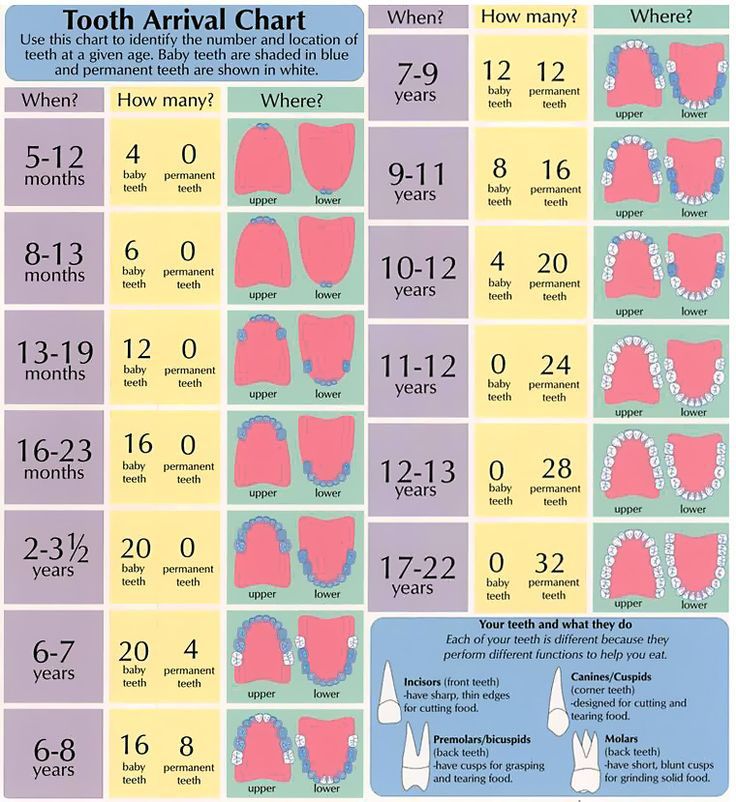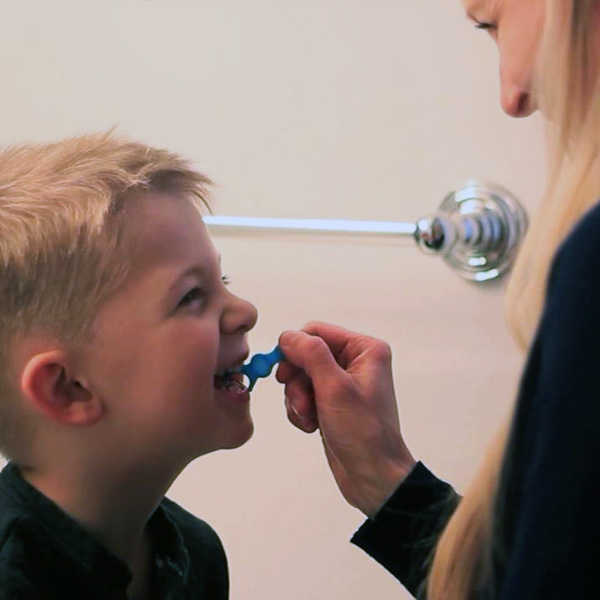

Sealants are a type preventive treatment that are usually placed on permanent molars, but can also be placed on some baby teeth that are in danger of getting cavities. Sealants are a great way of protecting hard to reach teeth that are not always brushed properly. Since these teeth are particularly involved in chewing, they are the ones that get exposed to food and bacteria on a constant basis.

Your child’s first set of permanent molars erupts around age 6. At this time it is very important to have your child come in for a check up in order to see if they are ready for sealants. Their second set molars erupts around age 12 and these too need to be protected by dental sealants. Placing sealants as soon as these teeth erupt can help protect them from future cavities. See Tooth Arrival Chart.
Since molars are all the way in the back of the mouth, young children often neglect brushing them. These teeth are particularly prone to cavities because they come into contact with food the most and have nooks and crannies, where bacteria can hide. Often times, it is impossible to thoroughly clean these surfaces with a regular toothbrush. Over time, the combination of food and bacteria can cause the decay of the tooth. Fortunately, sealants can help.

Sealants are a non-invasive procedure where a special coating of white colored resin is placed on the teeth, filling up the potential areas where cavities may form. The patient does not need to be numb when doing the filling and it is often completed after a cleaning. In order to prepare the tooth to accept the sealant, an acid etch material is placed for a minute then washed off of the tooth. The tooth is completely dried and the resin material is painted on to the tooth. A special light is then shined on the tooth to harden the resin. The entire procedure is completed in a matter of minutes.

The application of dental sealants is painless, done in minutes, and can give the teeth up to 10 years of protection, which makes it an ideal procedure for preserving your child’s permanent teeth. For the most part, sealants are colorless or slightly tinted to match the patient’s natural tooth color therefore it is not easily seen when the patient smiles, talks, or laughs.
Often times, the chewing surfaces of molars are worn away and the sealants have to be replaced. Brushing properly can help preserve the sealants for a longer period of time. However, sealants are typically reapplied once every three years.
The pediatric experts at Brighton Kids Smile will often tell parents that sealants, despite their benefits, do not necessarily prevent cavities. Improper oral hygiene, lack of brushing and flossing, as well as eating sugary foods will cause cavities to occur. While sealants may decrease the chances of getting cavities, the only way to completely prevent them is to make sure to brush and floss
